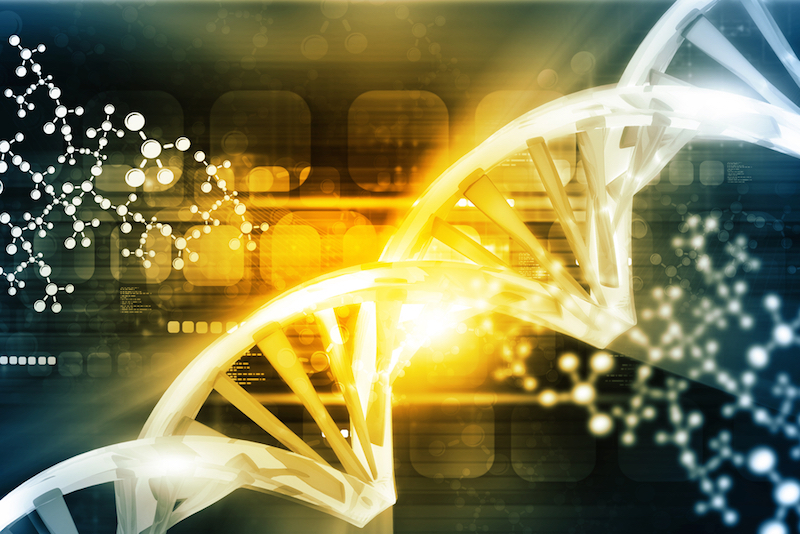Why Humans Don't Have More Neanderthal Genes

Neanderthals and modern humans interbred long ago, but evolution has purged many of our caveman relative's genes from modern human genomes, a new study finds.
Neanderthals were the closest extinct relatives of modern humans. Previous research suggested that modern humans migrating out of Africa encountered and interbred with Neanderthals tens of thousands of years ago.
"We know that the ancestors of modern Europeans and Asians mated with Neanderthals, and as a result, the modern-day descendants of those people have some small amount of Neanderthal DNA in their genomes," said study lead author Ivan Juric, an evolutionary biologist at the University of California, Davis. [In Photos: Neanderthal Burials Uncovered]
Findings published in 2014 suggested that the hybrid descendants of such interbreeding might have benefited from some of these Neanderthal genes. For instance, Neanderthal mutations may help modern European immune systems dampen inflammation.
However, nowadays, Neanderthal genetic material makes up only about 1.5 to 2.1 percent of the genomes of people outside Africa, according to the draft sequence of the Neanderthal genome published in 2010. That means some of this genetic material was lost over time. To better understand why this evolutionary purge occurred, Juric and his colleagues examined where Neanderthal DNA was found in the modern human genome.
If offspring of modern humans and Neanderthals had Neanderthal DNA segments that possessed some so-called deleterious alleles — that is, harmful genetic variants — "then they'd be less likely to have kids, and so less likely to pass on those Neanderthal segments to future generations," Juric told Live Science.
In this way, the evolutionary mechanism of natural selection ensures that "over time, Neanderthal segments containing deleterious alleles get removed from populations faster than Neanderthal segments not containing deleterious variants," Juric said.
Sign up for the Live Science daily newsletter now
Get the world’s most fascinating discoveries delivered straight to your inbox.
Previous research found that there is less Neanderthal DNA in regions close to genes than in the relatively inactive regions between genes. This suggests that natural selection weeded out Neanderthal variants of those genes, Juric said.
Juric and his colleagues developed a computer model that simulated the effects of natural selection on the distance between segments of Neanderthal DNA and modern human genes. Given the amount of time that has passed between interbreeding between Neanderthals and modern humans and the amounts and locations of Neanderthal DNA now found in the modern human genome, their findings suggest that many Neanderthal gene variants that entered the modern human genome after Neanderthals and modern humans interbred were "weakly deleterious" — that is, "they are being slowly removed by natural selection," Juric said.
The researchers suggested that many mildly negative gene variants, or alleles, were able to persist in Neanderthals because Neanderthals had much smaller populations than modern humans. However, when these gene variants made their way into modern humans, modern humans' larger populations — and thus bigger gene pools — were better at winnowing out these deleterious alleles.
"I find it fascinating to think that if the Neanderthals had reached larger population sizes in Europe, or if modern human populations had grown slower, some of us today would probably carry a lot more Neanderthal ancestry in our genome," Juric said in a statement.
Future research could investigate which genetic variants from extinct relatives of modern humans were weeded out of the modern human genomes. "I would love to know which exact Neanderthal alleles were selected against," Juric said. "Once we know more about the genes involved, we can ask what those genes do and what traits they are involved with in modern humans. Then, we might be able to make some guesses about the traits of those early human-Neanderthal hybrids."
The scientists detailed their findingsonline Nov. 8 in the journal PLOS Genetics.
Original article on Live Science.











